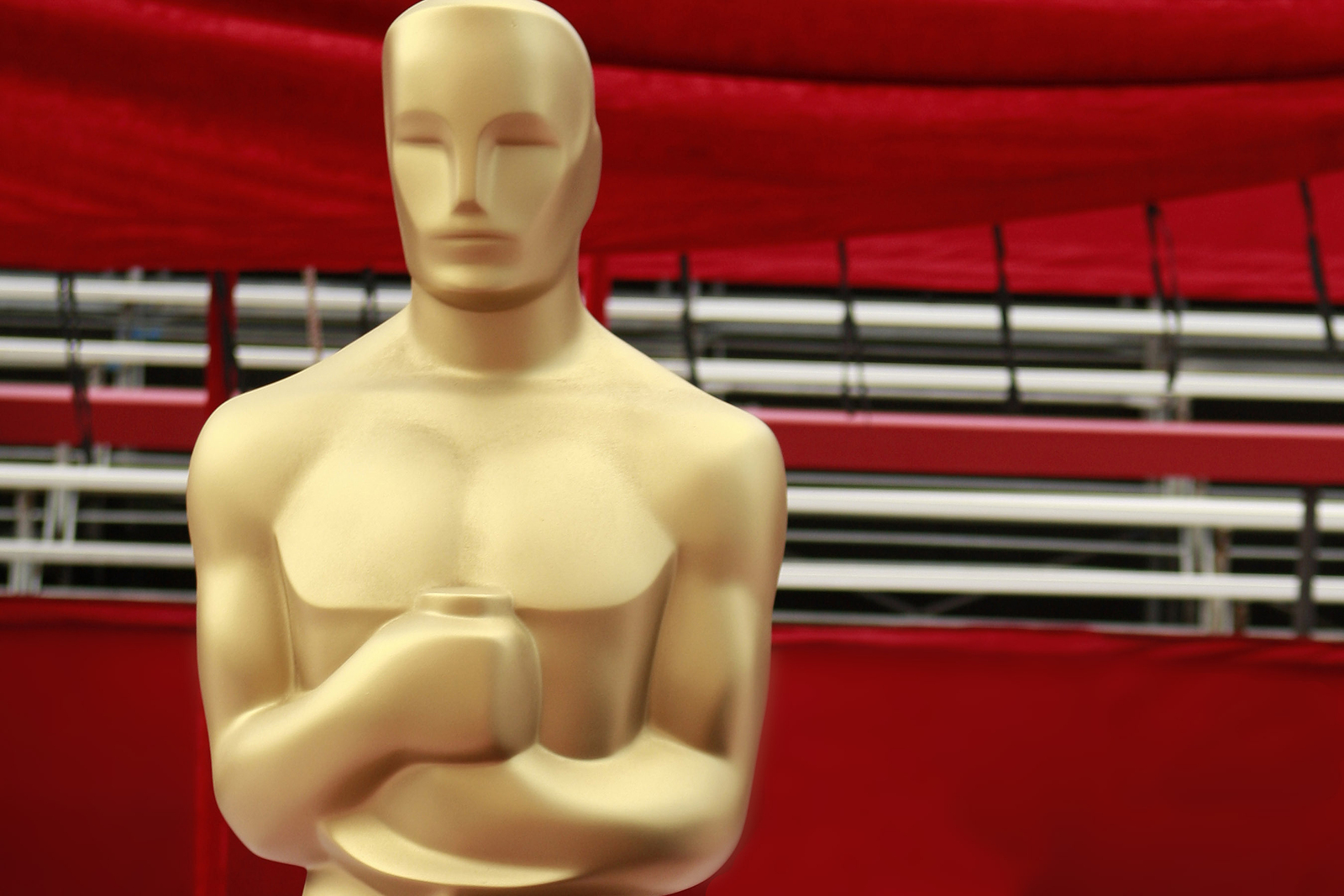
The Academy introduced a contract in 1950 that all modern Oscar recipients must enter into when they win the golden statuette. The contract states that should they or their heirs wish to sell the award, the Academy gets the first right to purchase it.
Although most winners of an Academy Award would likely rate that Oscar statuette as “priceless,” many were sold between the 1950s and 1980s between collectors and memorabilia dealers. Most were from award categories, or lesser-known individuals. The trend seems to have begun in the 1940s, as financially struggling award recipients began to sell or pawn their trophies.
The Academy was concerned about the growing practice, worrying that the stature of the award was becoming commercially exploited, along with concerns over control of the copyright, which was closely guarded. The result was that the Academy introduced a contract in 1950 that all modern Oscar recipients must enter into when they win the golden statuette. The contract states that should they or their heirs wish to sell the award, the Academy gets the first right to purchase it, and that the selling price will be $10.
The contract is a bit hard to enforce. Harvard Law School professor Jonathan Zittrain says that while it may be a binding contract, once the statue is sold there is not much that can be done against the seller since they no longer own it. The only question is what damages the Academy might be able to collect, based on the amount it could have sold the statue itself for.
Although with the Academy making hundreds of statuettes that literal value is not high, the perceived worth of the Oscar can be hundreds of thousands of dollars. The ante for purchasing an Oscar was upped considerable in 1993 when Vivien Leigh’s Best Actress award for Gone with the Wind was sold through Sotheby’s for $563,000. Clark Gable’s Oscar from 1934 for It Happened One Night was sold at auction in 1996 for $607,500, despite legal action by the Academy to prevent it. The purchaser was Steven Spielburg, who donated the Oscar back to the Academy. David O. Selznick’s 1939 Best Picture Oscar for Gone with the Wind sold for a whopping $1.5 million, purchased by Michael Jackson.
Because of the new $10 contracts, sale of Oscar statuettes today is virtually nonexistent, unless an older award surfaces for sale. Many that are sold are on a black market for memorabilia, meaning private deals with no record of the sale. The Academy has begun to threaten legal action against anyone selling pre-1950 Oscars, hoping the legal threat will be a deterrent.

Leave a Reply